
Summer 2017
Writing the Past: Why Historical Fiction?
Editorial
Clive Barnes, in his humorously reflective article, looks at this question – why read about history? What are we, the readers, looking for? Is it important? Taking up cudgels for the historical novel, Dawn Finch picks up the theme in her report of a panel discussion hosted by the Histeria Group – a group of children’s authors who write in this genre. Here the panellists focused very much on why an author should choose to write about – or set a novel – in the past, and the place such books have in the marketplace.
At present there is a resurgence in the historical novel for young readers. After falling into the doldrums it is once more popular – as it used to be in the past. One of the most notable authors in the early twentieth century, was G.A. Henty. A prolific writer, his books enjoyed such titles as With Kitchener in Soudan (1903) and St George for England: A Tale of Cressy and Poitiers (1885). Once famous, he is now almost forgotten. Rachel Johnson throws light on this author, while Mary Hoffman writes about her own experiences as a writer of historical novels aimed at young adults and children.
Whether recounted as ‘fact’ or embedded in fiction, the events of the past fascinate. Ann Lazim has been researching the history of the suffragette movement and, in particular, how it has been reflected in books written for children. Her review is in part ‘historical’ – many of the titles she quotes are no longer in print, but she brings us right up to the present with books published today. Writing the past continues to attract authors; the historical novel is definitely not history.
Ferelith Hordon
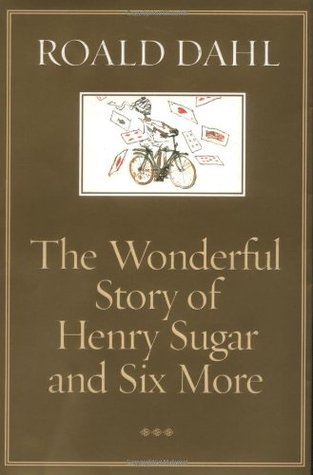
The Wonderful Story of Henry Sugar and Six More
2017 sees the fortieth anniversary of The Wonderful World of Henry Sugar and Six More (1977), a collection of short stories…
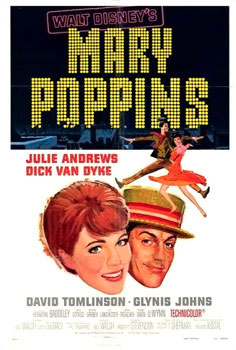
The Women’s Suffrage Movement in Children’s Fiction: Social Class in the Struggle for the Vote
2018 will see the centenary of British women over 30 getting the vote after a long struggle.
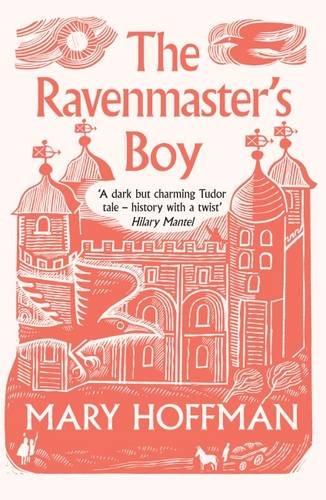
The Ravenmaster’s Boy
It all began with the opening image. A child, a boy of under seven…
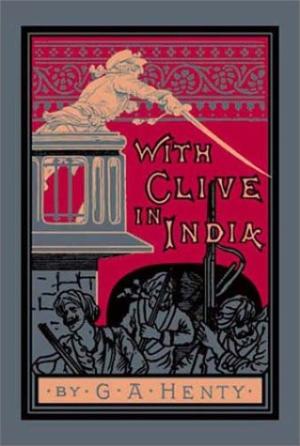
George Alfred Henty Writing the Past
Spanning over half a century, the work of George Alfred Henty was amongst the most popular reading material chosen by young people…
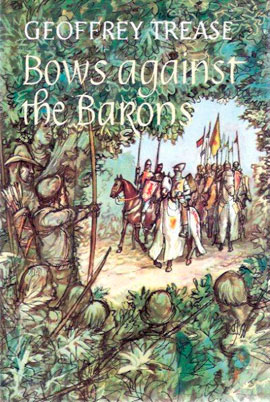
Past Imperfect: A Look at Children’s Historical Fiction
In March 2017 the Society of Authors hosted an event from the Histeria Group; a group of children’s writers who are primarily writing historical fiction.
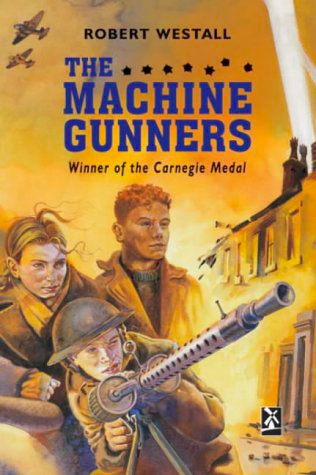
Children’s Historical Fiction in Ten (+1) Quotes
Children’s historical fiction has never been that popular with readers or critics. It’s had its days, of course.
